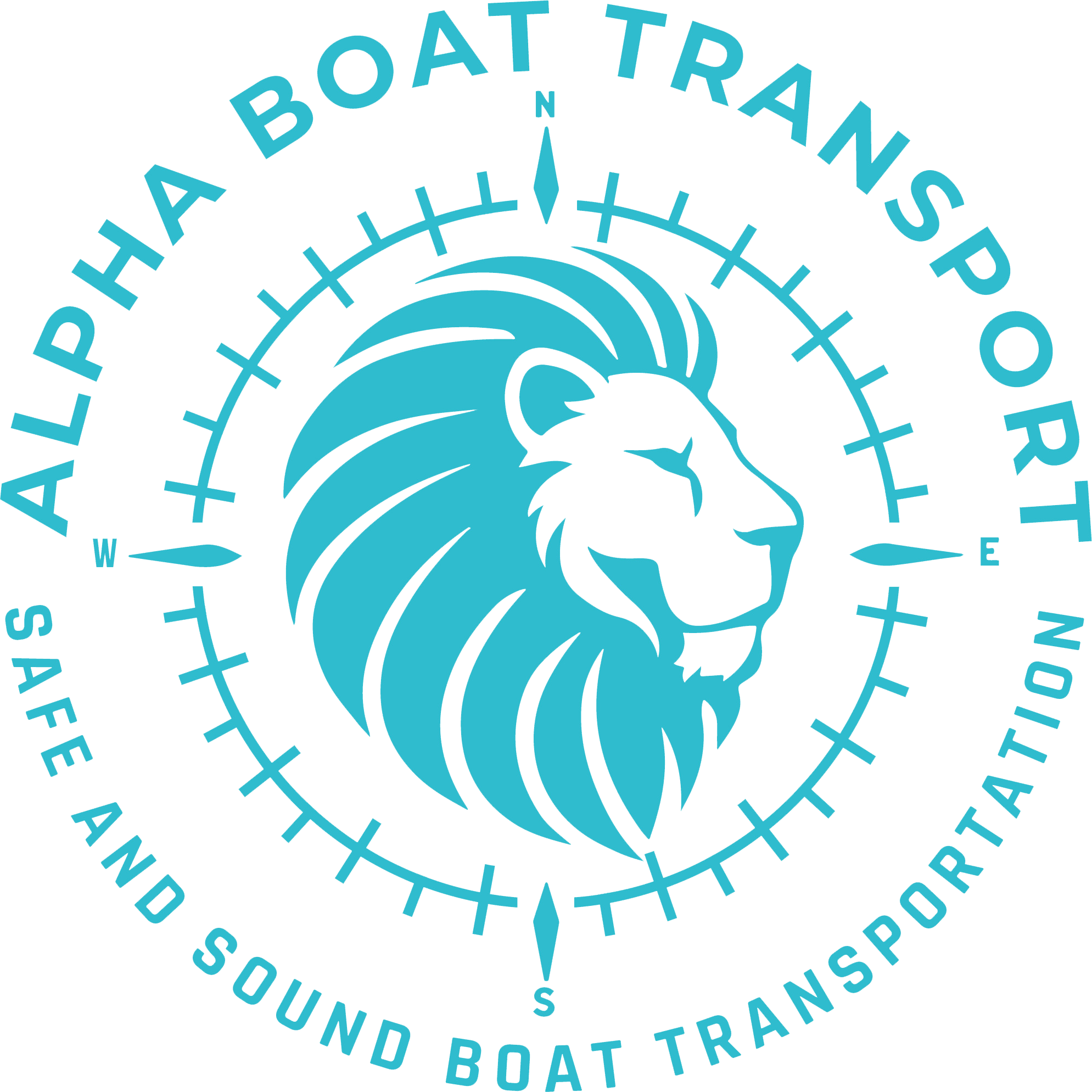Rising Permit Costs Demand Action Now: How Oversize Changes Are Rocking Boat Owners in 2025
Listen, here’s what’s really going down with oversize boat transport in 2025: permit costs have spiked in over 60% of U.S. states, and boat owners are feeling the squeeze. If you own anything wider than 8.5 feet—which, let’s face it, includes most serious vessels—you’re now staring down permit fees that have jumped by as much as 25% since last year. Just getting your boat across state lines legally can cost you upward of $500 per state. And that’s before you shell out for escort vehicles if your load runs wider than 12 feet. Boat hauling companies confirmed this isn’t temporary inflation—it’s a systemic shift in regulation driven by declining infrastructure and stricter DOT oversight.
What’s Fueling the Sharp Rise in Boat Hauling Permit Costs?
Infrastructure Age and State-Level Crackdowns
States like Texas and Florida are clamping down on heavy hauls—especially those exceeding 14’6″ in height. Now they’re requiring route surveys before transport starts, adding days to your planning process and hundreds more in surveying fees. It all comes down to aging infrastructure. There’s growing anxiety over the stress that boats and trailers put on outdated bridges and underpasses. These aren’t hypothetical concerns either—DOTs across the country are tightening width compliance checks around bridges deemed “structurally deficient.”
New Jersey and New York are stiffening regulations even harder. Both states still hold firm on that 8-foot width standard, and if you roll through without the right oversize permits, good luck ducking a fine under $5,000. This isn’t just about compliance anymore—it’s about staying ahead of an enforcement culture that’s getting more aggressive by the month.
Marketing email leads and updated enforcement contacts from DOTs are evidence that the communication crackdown is real and expanding.
Why Boat Hauling Companies Need to Rethink Compliance Strategies Now
Variable State Regulations Put Boat Owners at Risk
Let me tell you something about width restrictions: every state plays by its own rulebook. North Carolina stands out with a 10’ width boundary, offering just a bit of breathing room—making it a strategic midpoint for those needing staging or transfer locations. Meanwhile, Alabama’s 12-foot limit feels friendly, until route curfews and weekend travel bans sucker-punch your timeline. That’s why smart owners work only with boat hauling companies that understand these daily-changing regulations and build alternate plans in advance.
Here’s the real deal on transport logistics—Alpha Boat Transport doesn’t just know the rules, they live and breathe them. They’ve built proprietary compliance modeling systems that calculate not just current limits but anticipated changes tied to state infrastructure budgets and federal policy shifts. That’s the edge you need in times like these.
Explore appointment structuring strategies with optimized routing tools to combat transit delays.
Escort Requirements and Height Limits Hit Hard in 2025
Why Route Surveys Are Now Non-Negotiable
For vessels taller than 14’6″, route surveys are no longer optional—they’re required in Texas, Florida, Arizona, and parts of Georgia. Surveys identify low bridges, weight-restricted turns, seasonal road closures, even construction-zoned slowdowns. This means that larger vessels, like 45-foot yachts or tournament rig fishing boats, need increasingly complex transport permits layered with route review approvals.
And let’s not downplay the impact escort vehicles now have on your budget. Loads wider than 12 feet require minimum one front and one rear escort across most states. That adds hundreds—sometimes thousands—to one trip. The supposed benefit? DOTs claim escort vehicles improve public road safety and reduce liability. While there’s truth to that, it’s also clear this red tape serves to shift burden—and cost— onto private carriers and owners.
Planning budgets with new escort vehicle regulations is essential to avoid compliance-related delays.
How Alpha Boat Transport Eases the New Compliance Burden
Inside Knowledge that Saves You Real Time and Cash
Here’s where Alpha excels. They’ve already mapped new regulatory triggers into their custom logistics software. When other transport companies are scrambling mid-transit to get a late-night escort or pay express permit fees, Alpha’s clients are already halfway to their destination. They pre-validate clearances for travel corridors in places like Kentucky or Ohio—where many haulers trip up on sudden elevation laws.
This isn’t theory—it’s action. Most seasoned boat owners have already begun shifting providers because firms like Alpha pre-vet haul routes based on seasonal DOT updates. And that means less overnight storage penalties, fewer re-permitting lapses, and dramatically lower stress while your boat’s in motion.
Stay current on logistics disruption events and trend triggers important for forward planning.
Trailer Prep and Insurance Risk in Today’s Regulatory Climate
Why You Can’t Skip Maintenance or Proper Paperwork
Let’s get technical for a second, because smart shipping depends on physics. When moving a vessel over 12,000 pounds, you need more than straps and prayer. We’re talking precise axle weight balancing, safety brake calibration, DOT-lighting compliance, and fault-free tire systems. One bolt out of alignment or neglected brake fluid line could halt your whole trailer at a weigh station.
Don’t even think about skipping insurance optimization either. While most boat policies cover the vessel on water, transport risk is a gray zone. Alpha Boat Transport ensures your responsibility and their liability are clearly segmented via certificate-backed insurance coverage—something only top-tier hauling companies prioritize these days among the rising chaos.
Learn to assess between coverage quality and promotional gimmicks when validating transport insurance plans.
Frequently Asked Questions
What are boat hauling companies responsible for during overland transport?
Reputable boat hauling companies handle permits, routing, trailer prep, and coordinate escort vehicles for oversized loads. They also help identify bridge height limits and ensure compliance with updated state regulations in 2025.
Do I need permits to transport a boat longer than 30 feet or wider than 8.5 feet?
Yes. Boats wider than 8.5 feet require oversize load permits in nearly every state. Height, beam, and weight all determine the category and whether you’ll need escorts, surveys, or restricted rolling hours.
How have escort vehicle requirements changed recently?
Escort mandates now apply starting at 12 feet wide in most states. For boats over 14’6″ tall, escort and route surveys are compulsory, meaning added delays and increased costs if unprepared.
Which U.S. states are the toughest on unpermitted boat haulers?
New York and New Jersey are leading enforcers, levying $5,000 fines or more. These states are zero-tolerance zones when it comes to improperly permitted or escorted oversized loads.
What makes Alpha Boat Transport better than other boat hauling companies?
Alpha Boat Transport uses predictive logistics tools, state-by-state DOT tracking, and verified insurance protocols. Their expertise in width, weight, and height restrictions helps avoid costly mistakes on cross-regional hauling jobs.
Can weather or seasons affect my boat’s transport?
Absolutely. Certain states ban oversize travel during weekends or holidays and restrict routes based on weather. Alpha Boat Transport accounts for these in route projections—a critical edge in 2025 regulation reality.
What trailer requirements should I double-check before transport?
Ensure proper lighting, brake calibration, evenly distributed weight, undamaged tires, and compliant signage. An experienced hauler will review all this, plus flagging and tie-down protocols, before hitting the highway.

